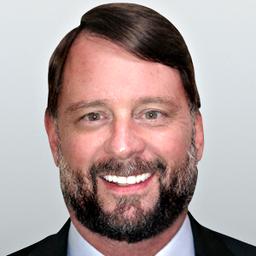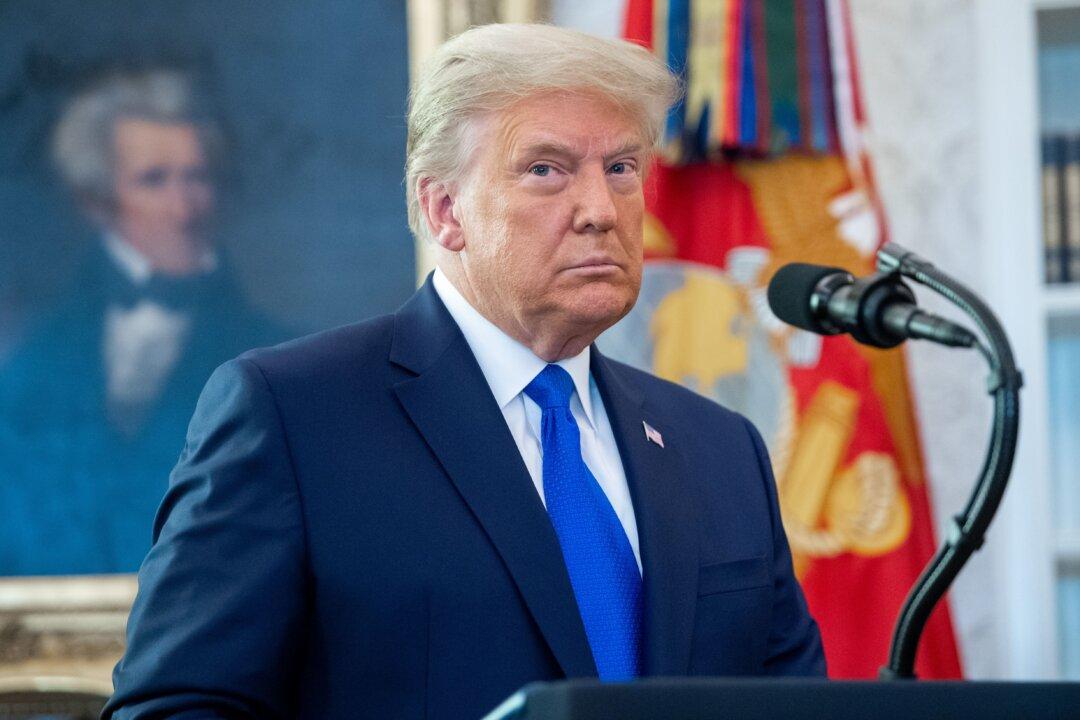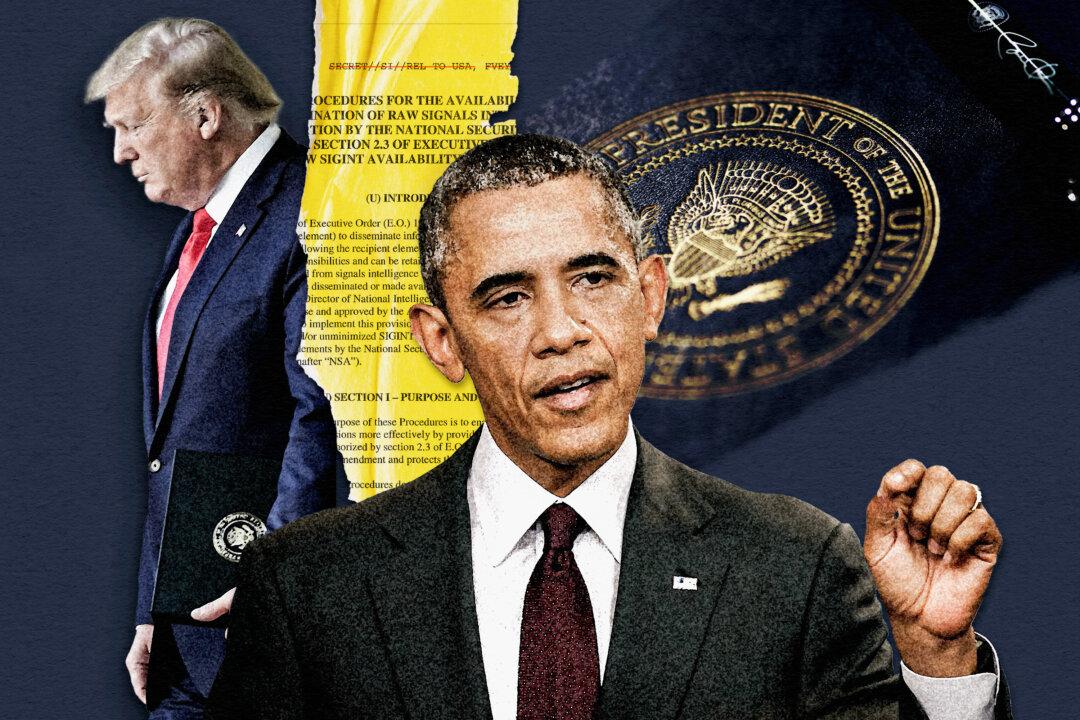The Telegraph has published two separate articles detailing their version of when the heads of UK intelligence were briefed about a dossier of claims about President Donald Trump’s alleged ties to Russia.
According to The Telegraph, the UK spy chiefs were briefed about the dossier—written by former MI6 agent Christopher Steele—before Trump was made aware of its existence by former FBI Director James Comey, but, notably, after the 2016 presidential election had taken place:





